Politics
The Oldest Constitution in the World Is 188 Years Older Than America's
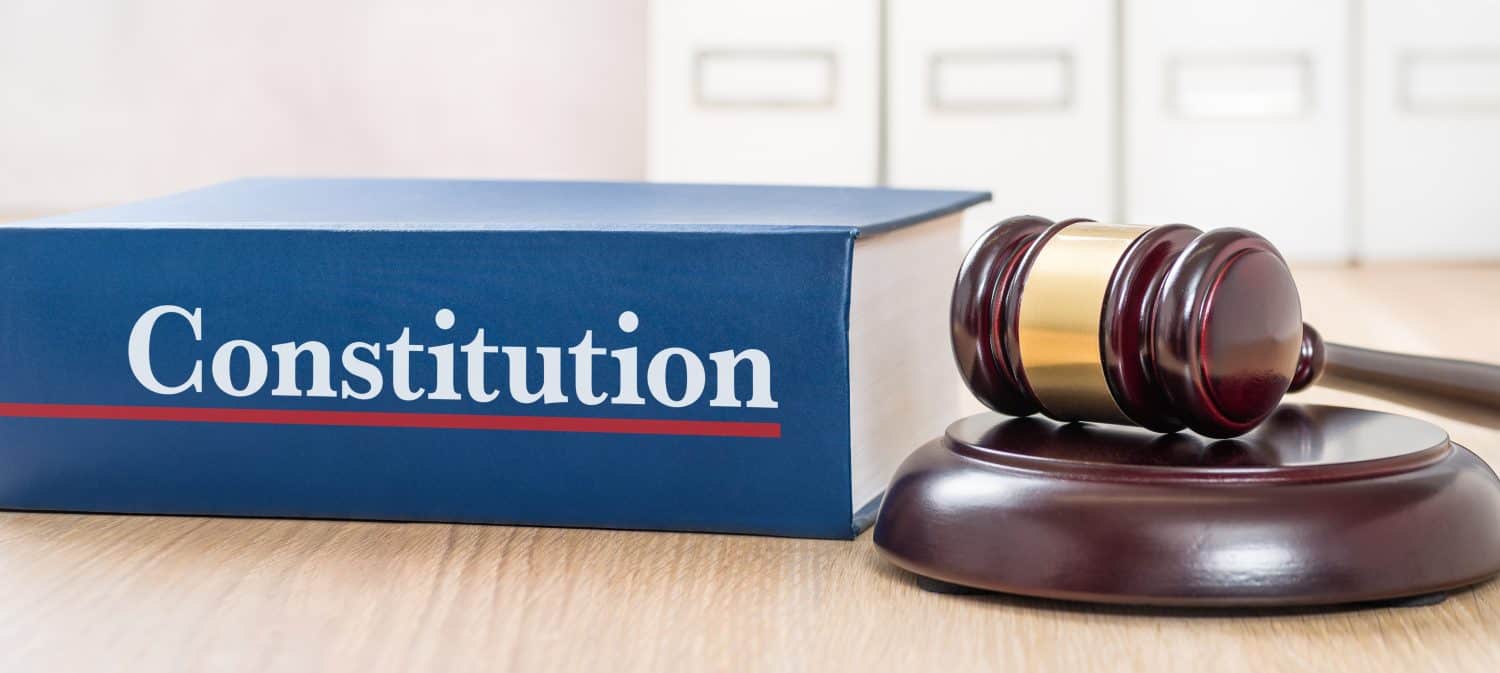
Published:

For every American, the Constitution is a sacred document of great importance. The same can be said for other countries, where a constitutional document has helped guide nations toward a brighter future. The US Constitution is 236 years old, which raises the question of how its age compares to other constitutions worldwide still being used today. According to World Atlas, some nations, like the US, have had the same document for one hundred years, if not longer.

The US Constitution is the law of the land in the United States, and it, along with the Declaration of Independence, is among the most critical documents in the nation’s history. This document shows exactly how the US way of life exists, which includes freedom of speech and the right to vote. These rights and those in the other countries mentioned on this list are relevant to the 24/7 Wall Street audience, who enjoy the freedom to work, live, and play daily.
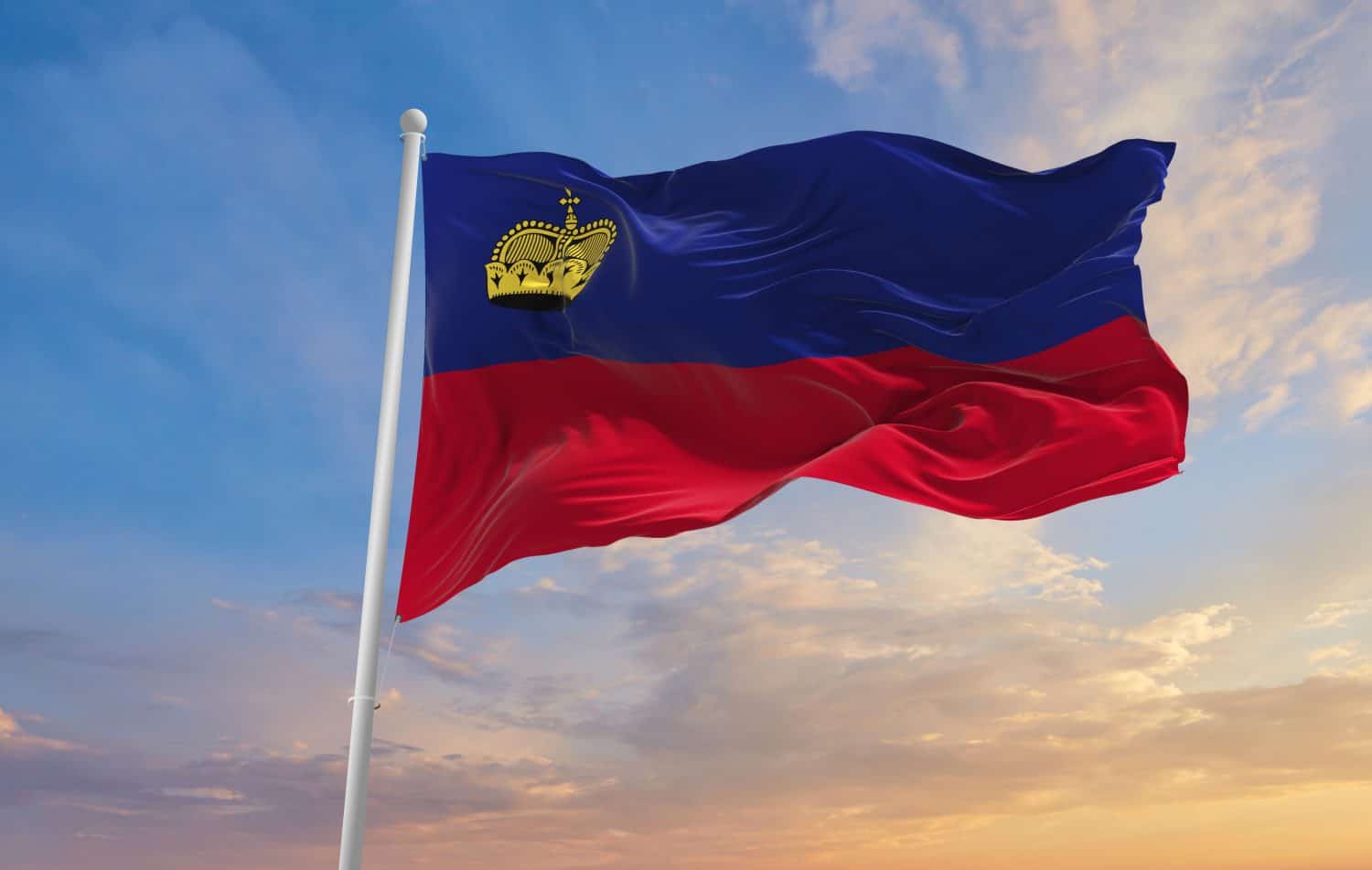
Johan II, then Prince of Liechtenstein, established the country as a parliamentary democracy and a constitutional monarchy in 1921. The country’s constitution has 12 chapters and includes 14 separate multiple-amendment changes as recently as 2003, all of which required a full referendum by the state to ensure any changes were fully approved.
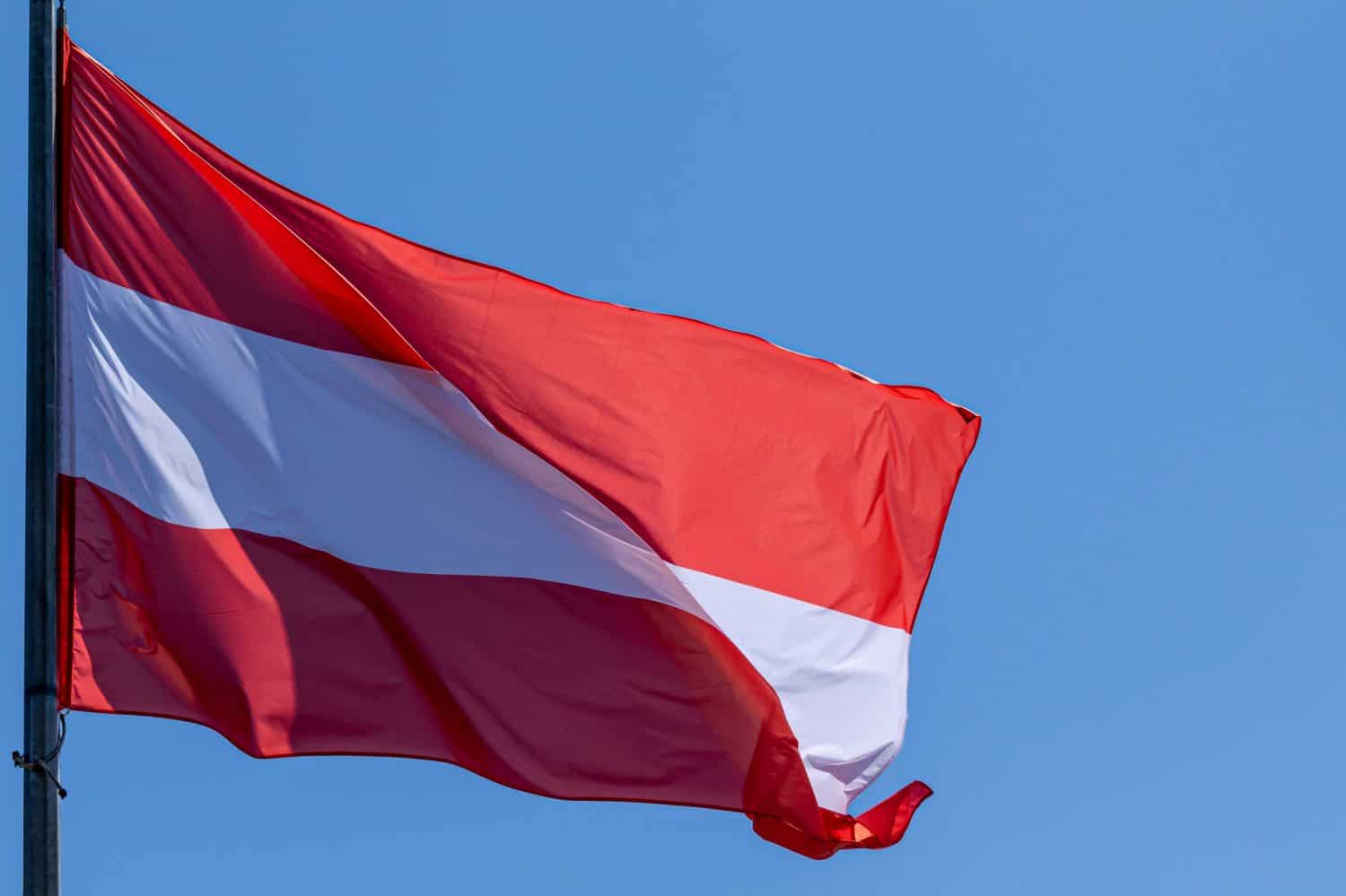
The Federal Constitution of Austria was enacted in 1920. The document underwent some changes leading up to World War II, including establishing broad presidential powers in 1929. However, the core tenets of the document remain intact, including establishing Austria as a parliamentary republic made up of nine federal states.
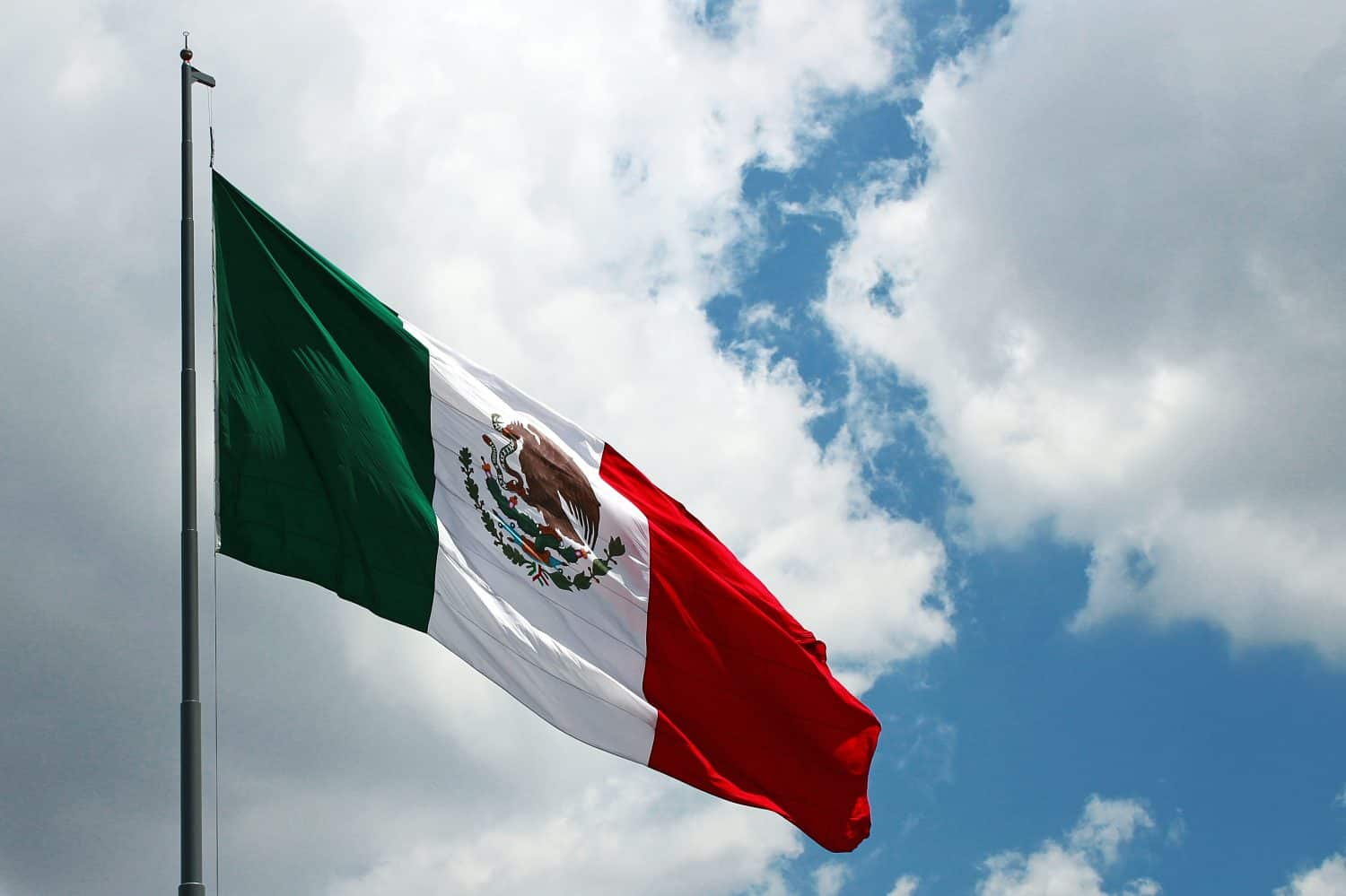
Considered one of Mexico’s greatest triumphs, the country’s current constitution was enacted in February 1917. It is the first constitution-like document to establish social rights and provide Mexican citizens with free education. The document was significantly updated in 1992 when private property rights and articles restricting a state religion were added and ratified.
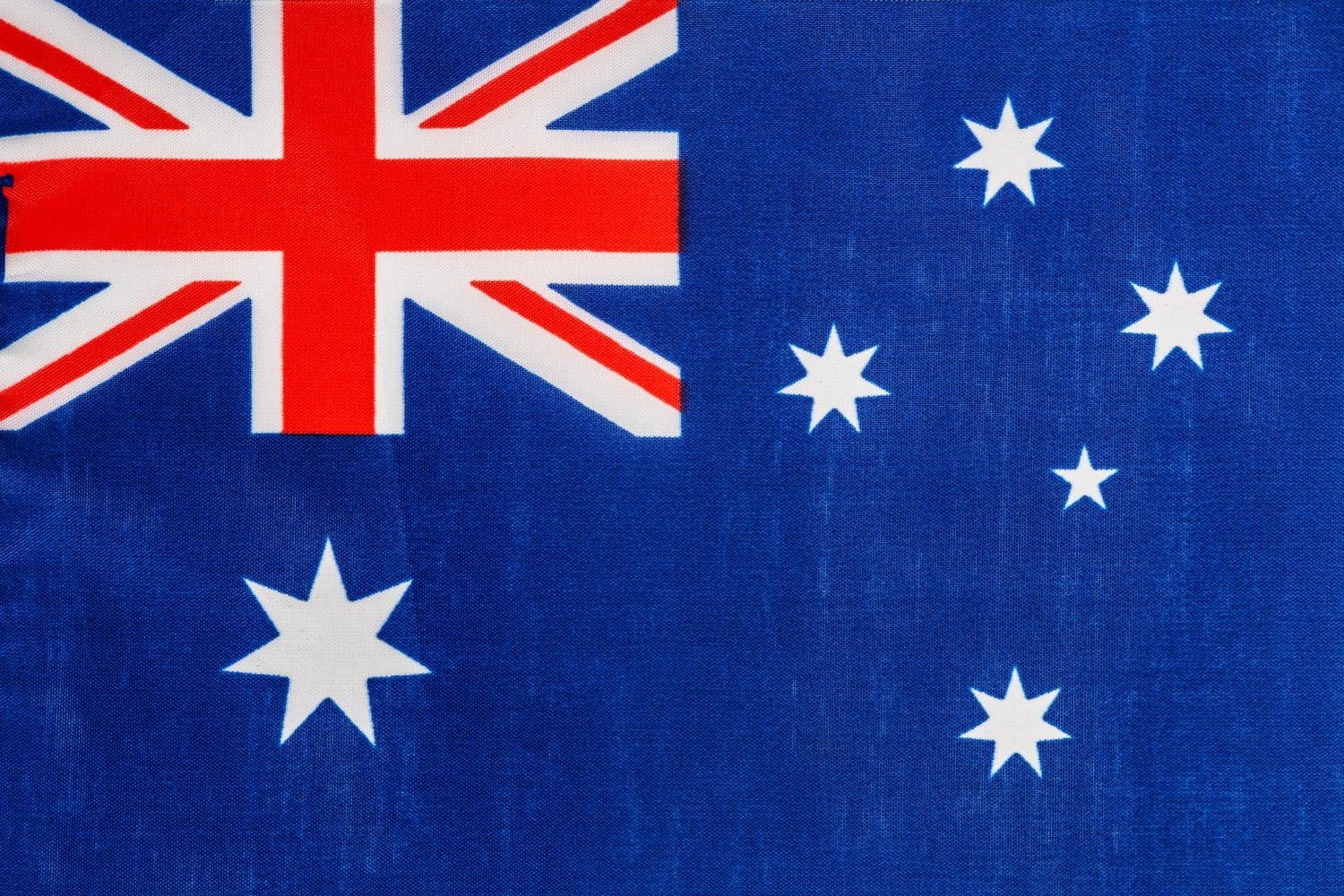
Known as the Commonwealth Constitution, the Australian Constitution established the country’s current political structure. It created a constitutional monarchy with a parliamentary system of government. Interestingly, the constitution isn’t the sole source of Australian law as only 8 out of 45 proposed amendments since 1901 have been passed, with the most recent coming in 1977.
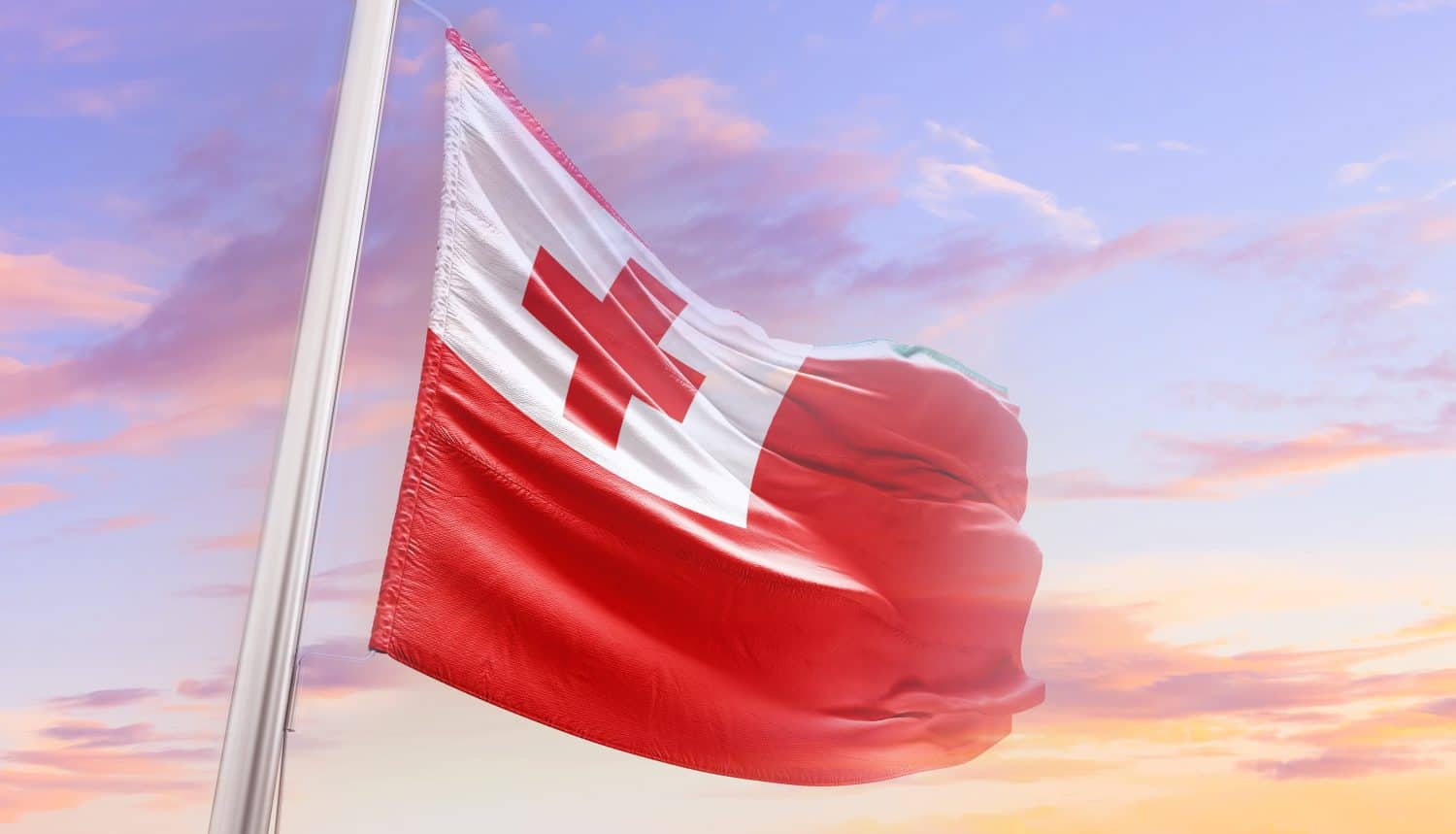
The constitution of Tonga, established on November 4, 1875, still stands today. Enacted by then-King George Tupou I, it provided Tonga with a system of government and created a separation of powers between the country’s executive, legislative, and judiciary branches. The constitution has three parts: Tongan civil rights, government system, and land ownership.

The current constitution of Luxembourg, first written in 1841, formally dates back to 1868 and was last amended in 2016. It includes 121 articles divided into 13 chapters. In 1919, the document was updated to give all citizens the right to vote at 21, although it was lowered back to 18 in 1972. The document has been amended multiple times to evolve along with the changing times worldwide.
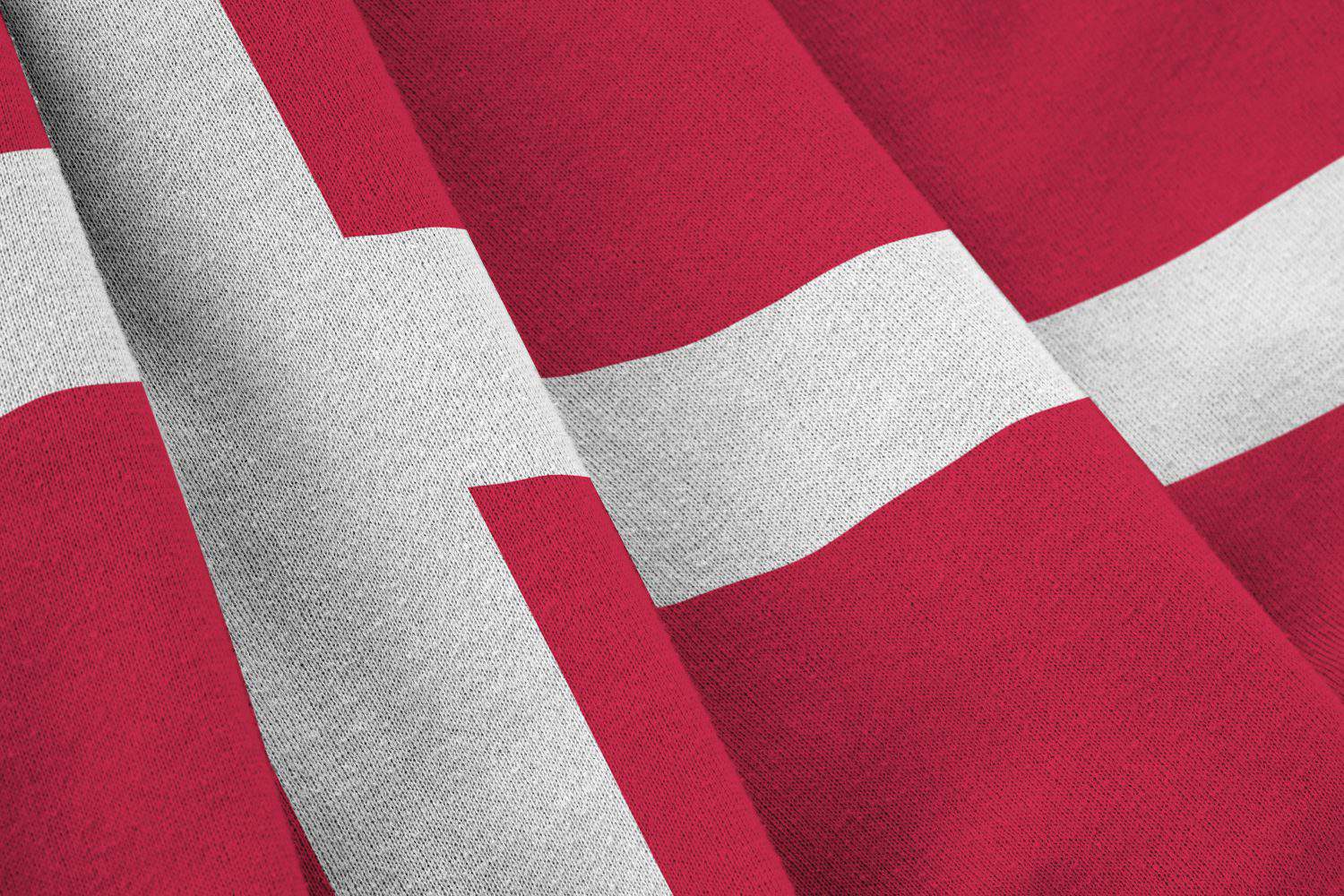
While the Danish constitution has undergone many changes since May 25, 1849, the original document remains intact. The last major update occurred in 1953, but the document’s general wording still applies today. It established Denmark as a constitutional monarchy governed by a parliament and provided freedom of speech, religion, and the right to peaceful assembly.

First approved in 1831, the Constitution of Belgium was influenced by the now-defunct French Constitution of 1791. Since the establishment of this document, Belgium has been a parliamentary monarch with legislative, executive, and judicial branches. The document has not been frequently updated, though a staple protection is that it guarantees all Belgians are equal before the law.

The 1815 document established the Netherlands as a semi-federal parliamentary constitutional monarchy, making it the fourth oldest working document in the world. An 1848 revision added parliamentary democracy as the new form of government, and then the document was mostly rewritten in 1983 to include new civil rights not found in the original.

After 434 years of monarchial rule, Norway became a sovereign state on May 17, 1814, with the enactment of its new constitution. Three guiding principles from this document are still in use, including the separation of powers, the sovereignty of the Norwegian people, and the protection of established civil rights. New human rights were added in 2014, marking the document’s most prominent changes since 1814.

The world’s oldest codified constitution, the United States Constitution, is considered the governing law of the land. The US document is the first permanent constitution of its kind, so it’s often cited as the oldest. Since it was initially established and ratified in 1788, it has been amended 27 times, including the abolition of slavery and women’s right to vote.

The oldest constitution in the world belongs to the European microstate of San Marino, which Italy surrounds. The fifth smallest country in the world, its original constitution was first enacted in 1600 and last updated in 2002. The document is the core of the nation’s system of government, though it remains uncodified, so not everything written is set in stone as law.
The last few years made people forget how much banks and CD’s can pay. Meanwhile, interest rates have spiked and many can afford to pay you much more, but most are keeping yields low and hoping you won’t notice.
But there is good news. To win qualified customers, some accounts are paying almost 10x the national average! That’s an incredible way to keep your money safe and earn more at the same time. Our top pick for high yield savings accounts includes other benefits as well. You can earn up to 3.80% with a Checking & Savings Account today Sign up and get up to $300 with direct deposit. No account fees. FDIC Insured.
Click here to see how much more you could be earning on your savings today. It takes just a few minutes to open an account to make your money work for you.
Thank you for reading! Have some feedback for us?
Contact the 24/7 Wall St. editorial team.